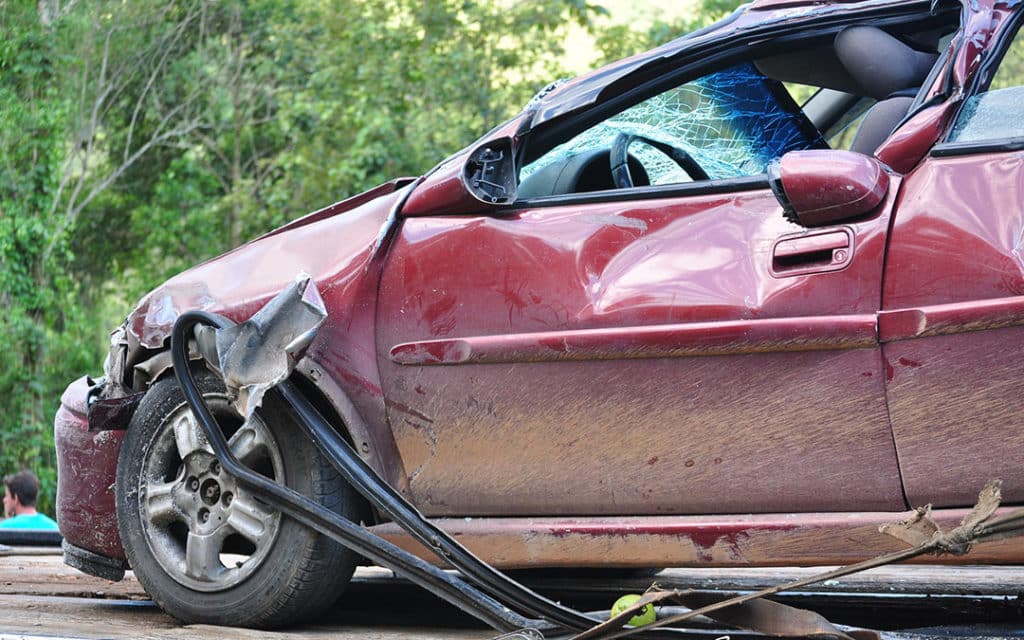By Marcus Fernandez
The safety of children riding the bus to school should be on everyone’s mind throughout the year. With National School Bus Safety Week in October, this may be an appropriate time to review how everyone can pitch in to reduce the risk of injuries and deaths to school children caused by school bus accidents.
According to the National Highway Traffic Safety Administration, a school bus remains the safest way to get children to school. When compared to being driven to school in the family car, the NHSTA found that students taking the bus were 70 times more likely to safely arrive at their destination.
Despite this, the NHTSA points out that the greatest risk occurs as children enter and exit the bus. The following safety refresher may help reduce the risks children face when traveling to school on a bus.
Florida rules for passing a stopped school bus
Florida law requires motorists to stop when they approach a school bus with flashing red lights and stop arm extended. Vehicles must remain stopped until there are no children in the road and the stop arm has been withdrawn. The fact that no more children are exiting a school bus does not authorize drivers to pass it. Drivers must wait until the stop arm is no longer extended.
The vehicles that must stop for a school bus depends on the type of road. As you read through the following bus safety rules, think about the number of times you have witnessed violations:
- Two-way streets. Vehicles traveling in either direction must stop for a bus that has its stop arm extended and red lights flashing. They must remain stopped until no children are in the road and the stop arm has been withdrawn.
- Highway divided by a paved center median. Vehicles traveling in either direction must stop for a bus that has its red lights flashing and stop arm extended. They may not move until the street is clear of children and the stop arm is withdrawn.
- Highway divided by a raised barrier. Different rules apply when approaching a bus from the opposite direction when there’s a raised barrier or five-foot wide unpaved median. Vehicles traveling in the direction opposite to a stopped school bus need not stop even if the bus has its lights flashing and stop arm extended. While not required to stop, drivers approaching from the opposite direction must reduce speed and proceed with caution.
Fines for passing a stopped school bus
Unlawfully passing a stopped school bus is punishable with a minimum fine of $165. But the minimum fine goes up to $265 if a driver passes on the side where the door is located. In addition to the fine, drivers must complete a driver improvement course and four points are added to their record.
Bus safety tips for drivers and parents
The following bus safety tips for parents and motorists can make it safer for children who take the bus to school:
- Parents should teach children to walk on the sidewalk to get to their bus stop.
- Do not cross in the middle of the street to get to a bus stop. Cross at the corner and use crosswalks when they are available.
- Teach children to look to their right before exiting in case a vehicle illegally passes the stopped bus.
- Motorists traveling in a school zone or near bus stops should be alert to children who may dart out in front of them.
- After stopping for a school bus discharging passengers, motorists should use caution when proceeding after the stop arm is withdrawn and be alert for children at the bus stop who may turn to cross the road without looking for vehicles.
Motorists should expect the unexpected whenever there are young children near a school, playground or bus stop. Bus safety is about constant diligence.
When accidents happen, a Tampa personal injury lawyer can help
When accidents happen and you or a loved one sustain injuries, you may have the right to recover compensation from the person whose negligence caused it. A consultation with a Tampa personal injury attorney provides answers to your questions and options for recovering damages from the negligent party. Contact a KF&B lawyer for a free consultation today.


